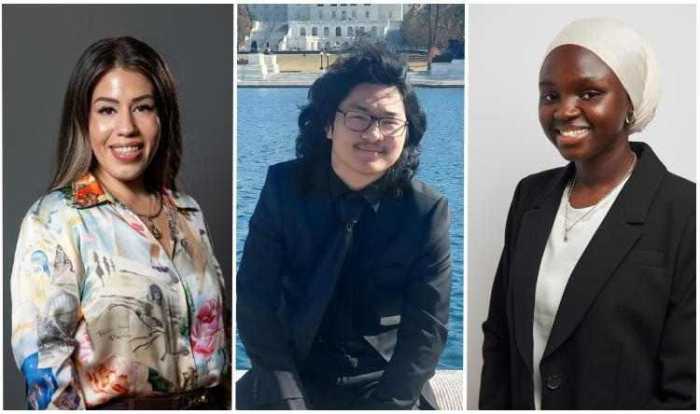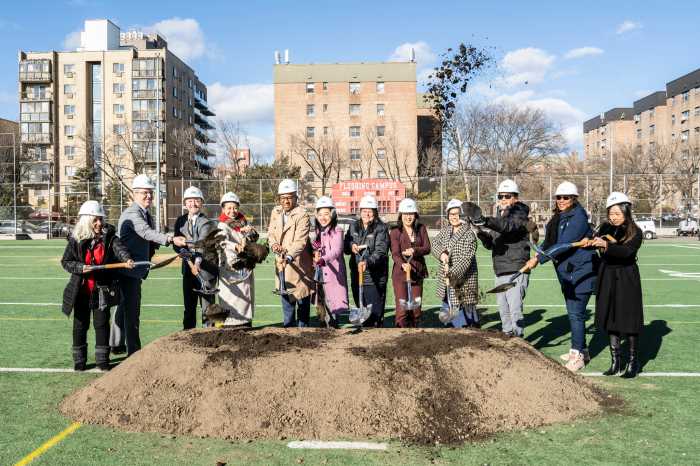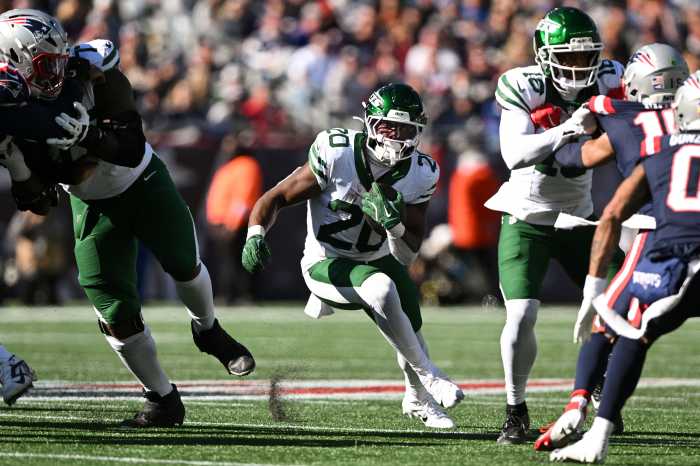The inevitable finally became reality for New York City public schools during the second wave of COVID-19, as Schools Chancellor Richard Carranza informed principals that campuses would close Thursday, Nov. 19, with all classes reverting to online instruction only.
All of New York City could become an orange zone if COVID-19 positivity rates reach 3 percent prompting school closures, cap gatherings to 10 people and stop indoor dining, Governor Andrew Cuomo also announced on Wednesday.
The announcement comes after Mayor Bill de Blasio failed to show up to his morning press conference where New York City residents awaited an update on the city’s COVID-19 positivity rate and potential school closures. According to state data, New York City positivity rate is still just below 3 percent threshold at 2.9 percent.
But as the governor spoke about the state of the virus and an uptick in cases has prompted state officials to turn the Bronx to a yellow zone, the Department of Education quietly told public school principals that the city had reached a 3 percent positivity rate based on a seven-day average and that all in-person classes are canceled on Thursday.
As the city fights to push back a second wave of the virus, New York City public schools have come close to shutting their doors and switching all students to remote learning. Last Friday, Mayor Bill de Blasio warned parents during an interview with WNYC to prepare school closures as soon as Monday as the city’s COVID-19 positivity rate based on a seven-day average hovered around 3 percent.
A temporary systemwide shutdown was averted earlier this week after city officials reported a sharp drop in both the city’s daily COVID positivity rate and its weekly average. City Hall attributed the dramatic change to a boost in coronavirus test results claiming that over 300,000 New York City residents received a coronavirus test over the weekend.
As the city worked on a plan to reopen schools in the fall, Mayor de Blasio announced in July that schools would close if the city reached COVID-19 positivity rate of 3 percent over a seven-day period to assure worried parents that the city was taking every precaution to keep schools safe.
Cuomo hinted last week that the mayor should reconsider the 3 percent standard, which is remarkably lower than the state’s and instead close schools individually. If regional infection rates reach over 9 percent over a seven-day average, the governor has pledged to order a statewide shutdown of schools.
But de Blasio has stood by the 3 percent marker while encouraging New Yorkers that the city will work to reopen closed schools as quickly as possible without giving details on exactly what it would take for in-person classes to resume. The mayor has also said that the city is still trying to determine what would happen with District 75, which serves the city’s most severely handicapped students.
Most of the city’s public schools students are attending remote learning classes, but the decision to temporarily close schools for in-person classes would disrupt roughly 300,000 children enrolled in the city’s blended learning model in which students take classes for one to three days a week inside of schools.
Schools have not proven to be COVID superspreader, with infection rates among students and staffers remaining relatively low. In October, the city began random testing up to 2 percent of all adults and children in schools every month. So far, testing 140,434 students and staffers have been tested and 436 testing positive for the virus yielding a positivity rate of 0.23 percent.





































